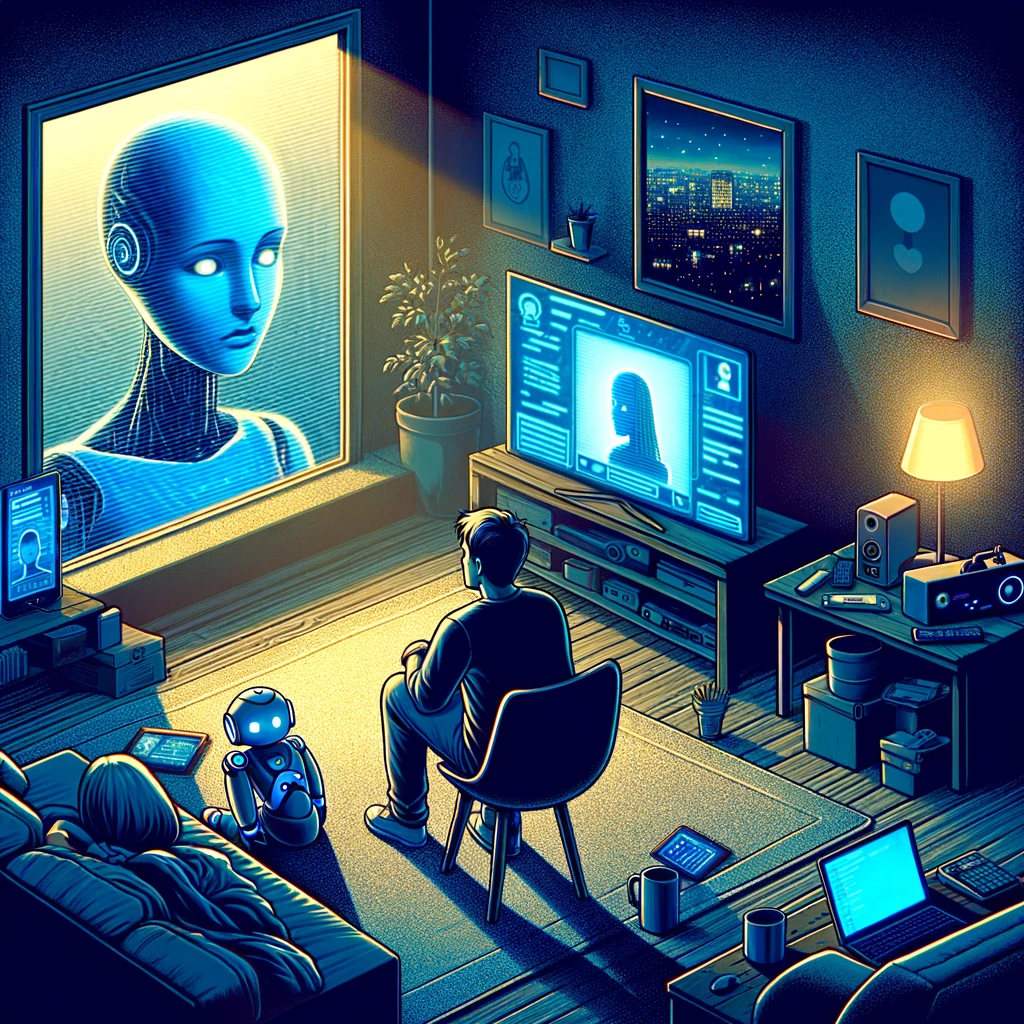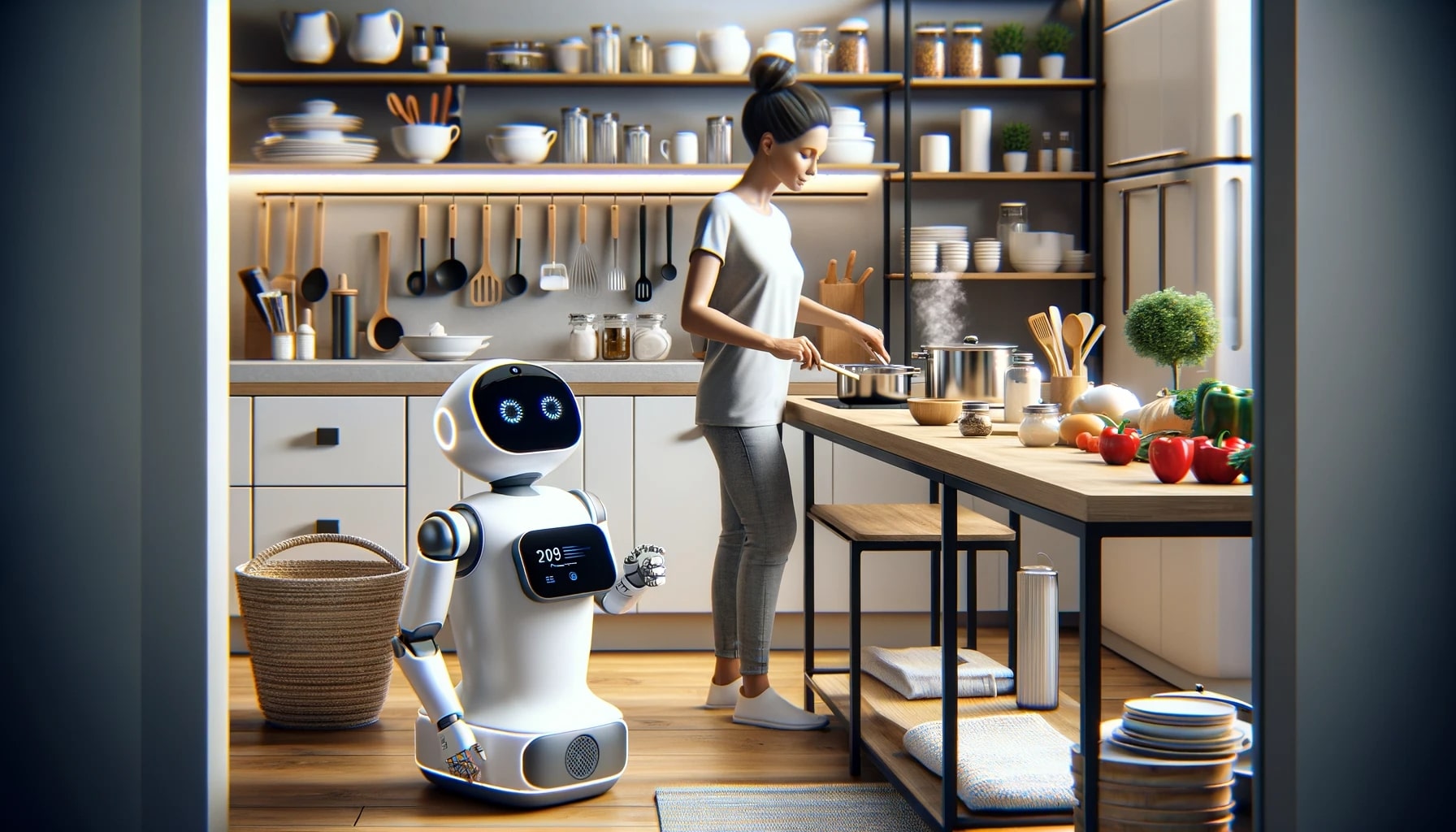The AI companion, exemplified by Pi, is an innovative fusion of a personal assistant, life coach, and a continuously learning friend. Developed by the minds behind Google DeepMind and LinkedIn, Pi leverages artificial intelligence for dynamic, personal conversations, offering a blend of a trusted confidante and a learning partner. Its high emotional quotient sets it apart, making it not just an intelligent entity but a supportive, adaptable companion that provides natural, understandable feedback.

It stands for “personal intelligence,” aiming to offer infinite knowledge tailored to individual interests and needs, and can be accessed across various platforms. Pi is designed to be by your side, aiding in learning new skills or providing company, and is free at launch for iPhone, iPad, and Android devices. However, its emergence raises crucial questions about privacy, security, and the nature of human-AI relationships, emphasizing the need for ethical development and mindful integration into our lives.
What are the Benefits of AI Companions?
AI companions offer significant benefits in enhancing personal interactions and improving well-being across various domains. They provide tailored educational support, personalized tutoring, and enrich the learning experience. For the elderly, AI companions ensure safety, facilitate social interaction, and enhance care quality, addressing loneliness and promoting engagement. These AI entities, equipped with conversational AI capabilities, are popular for their ability to adapt their personalities to users’ preferences, including the option to choose their digital appearance. They serve as constant, non-judgmental support, offering immediate responses and emotional support, especially useful for individuals experiencing isolation or difficulty in forming meaningful connections.
These companions are programmed with emotional intelligence, emphasizing empathy and support, remembering past conversations, and providing guidance without judgment. They offer a safe space for users to share thoughts and feelings, helping them overcome social anxiety and encouraging personal expression. While they aid in reducing loneliness and improving happiness, concerns about overdependence and effects on real-life relationships exist. Advanced AI companions can also detect health concerns, providing timely alerts for emergencies, demonstrating their potential in healthcare and personal safety. Overall, AI companions represent a significant leap in AI application, transforming personal and professional relationships, with a growing influence in various sectors.
What are the Disadvantages of AI Companions?
AI companions, while providing interactive and accessible companionship, come with significant disadvantages. These digital entities only imitate human interactions, lacking real empathy and understanding. Experts like MIT’s Sherry Turkle warn that such artificial empathy could be misleading and disappointing. Furthermore, AI companions may reinforce harmful beliefs about relationships, offering users control over a virtual partner’s behavior, which could perpetuate gender-based violence issues.

Another concern is the potential negative impact on birth rates. Interactive AI partners might lead young men to prefer virtual relationships over real ones, potentially reducing marriage and childbirth rates, which could affect the economy. Additionally, AI companions lack the ability to judge or provide constructive criticism, potentially encouraging unhealthy or harmful behaviors in users. They might foster dependency, as users become accustomed to unconditional acceptance and positive feedback.
Moreover, AI companions may not always handle sensitive situations appropriately, such as mental health crises, potentially exacerbating the user’s condition. Privacy issues also arise, as personal information shared with AI companions could be exposed in data breaches or misused by companies. Lastly, over-reliance on AI for companionship can lead to social isolation and a deterioration of real-world social skills, as these virtual entities cannot replicate the complexities and emotional depth of human relationships.
Will AI Companions Become Common?
AI companions are poised to become a common feature in the near future, driven by humanity’s innate need for companionship, communication, and emotional support. These digital companions are evolving to not just assist, but to connect with humans, mimicking human communication styles, emotional responses, and even developing unique personalities. Market data indicates a significant user engagement with AI companions, highlighted by millions of daily active users, although retention rates suggest a challenge in maintaining long-term user interest. The industry is diversifying, offering self-service app development toolkits, personalized avatar creation, and all-in-one companion interaction systems, catering to a variety of user preferences.
Technological advancements in natural language processing, memory storage, and multimodal interactions, including voice synthesis and virtual reality, are enhancing the user experience. However, challenges remain in user acceptance, technological limitations, and ethical concerns like privacy and the commercialization of human-like AI. The trend towards creating AI versions of celebrities and the integration of AI companions across multiple platforms indicates a growing market. With businesses exploring AI for customer interaction and the expansion of AI roles in entertainment, education, and lifestyle assistance, AI companions are set to redefine human-computer interaction and prompt new ethical and sociological considerations.
What Do Companion Robots Do?
Companion robots are designed to offer companionship and a variety of supportive functions, primarily targeting older adults and single children. These robots have been shown to enhance engagement and interaction, reduce stress, loneliness, and medication use in older adults. Key examples include Paro, CompanionAble, EmotiRob, LOVOT, and Nicobo, each with unique features tailored to specific user needs.

Paro, resembling a small seal, promotes communication among elderly residents, while CompanionAble assists with interaction in smart home environments and provides support to caregivers. EmotiRob focuses on engaging children emotionally and aiding in cognitive development. LOVOT and Nicobo, designed in response to loneliness and vulnerability, offer empathy and companionship with advanced sensory capabilities.
Companion robots typically include features for health monitoring, like medication reminders and blood pressure prompts, and are equipped with advanced algorithms for interactive communication. They use natural language processing for text and voice interactions, and some integrate image recognition and VR for immersive experiences. These robots are capable of storing memory, adapting to user preferences, and sometimes even expressing warmth.
In nursing and elderly care, companion robots are seen as tools to enhance well-being, quality of life, and independence, offering cognitive and social support, mobility assistance, relaxation, and self-care support. However, there are ethical, legal, and privacy concerns associated with their use, particularly in terms of potential deception and data security. Despite these challenges, the development and acceptance of companion robots continue to grow, indicating their potential to become a common feature in care and support settings.
How do I Make My Own AI Companion?
To create your own AI companion, you can utilize the AI Companion App, which allows for personalized interactions. This app uses a vector database with similarity search for dynamic conversations, going beyond basic responses. It provides a variety of use cases, including AI girlfriends/boyfriends, friends for chats, entertainment, or coaching. To get started, you need to:
Choose a platform: Andreessen Horowitz’s tutorial on GitHub is a great resource for beginners. It outlines steps to create customizable AI companions with unique personalities and backstories.
Develop the AI’s personality: Write a detailed backstory and personality traits for your AI companion. This shapes its interactions and responses.
Use appropriate tools: The AI Companion App combines technologies like Next.js for app logic, Pinecone and Supabase pgvector for vector database storage, Langchain.js for LLM orchestration, and OpenAI and Replicate for text models. Twilio is used for text messaging integration.
Follow development steps: Start by forking and cloning the repository. Install dependencies, fill out necessary secrets (like API keys), generate embeddings for your companions, and run the app locally.
Export to Character.ai: For advanced customization and character settings, you can export your AI companion to Character.ai.
Remember ethical considerations: AI companions are not just for casual interactions but can also be used for therapeutic purposes. They can offer insights and pattern-match behavior without judgment.
AI Companion Series
1- What is AI Companion?
2- What is AI Companion Robot Used For?
3- What Does an AI Companion Do?
4- Do AI Companions Exist?
5- Is AI Companion Free?
6- What is the Best AI Companion?
7- How Do AI Companions Work?
8- What are the Benefits of AI Companionship?
9- Can AI Replace Human Companionship?
10- Will AI Companions Become Common?










